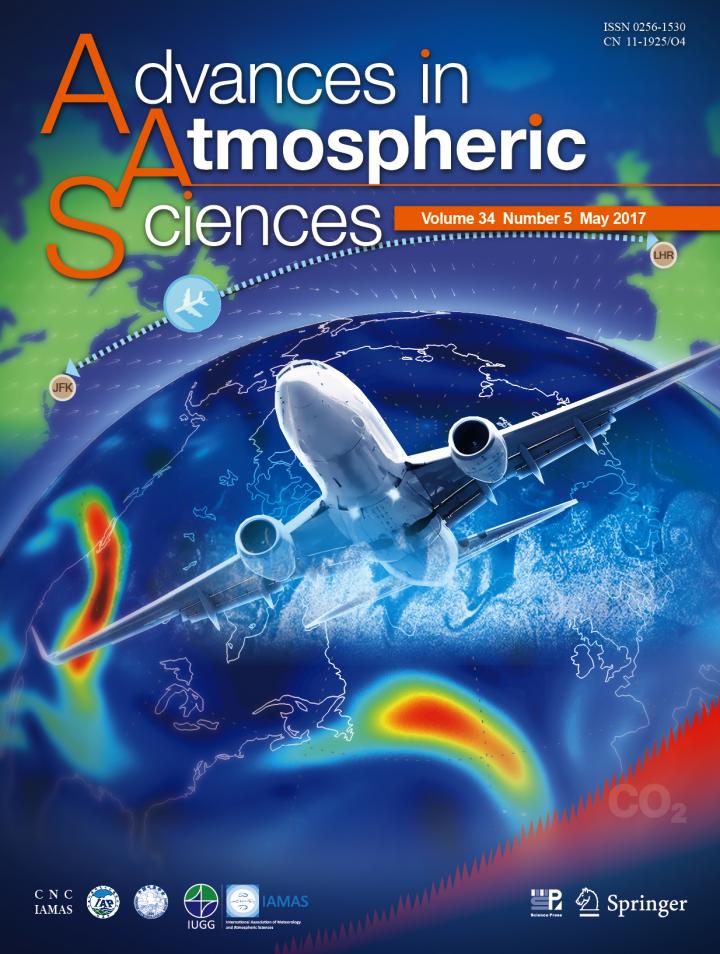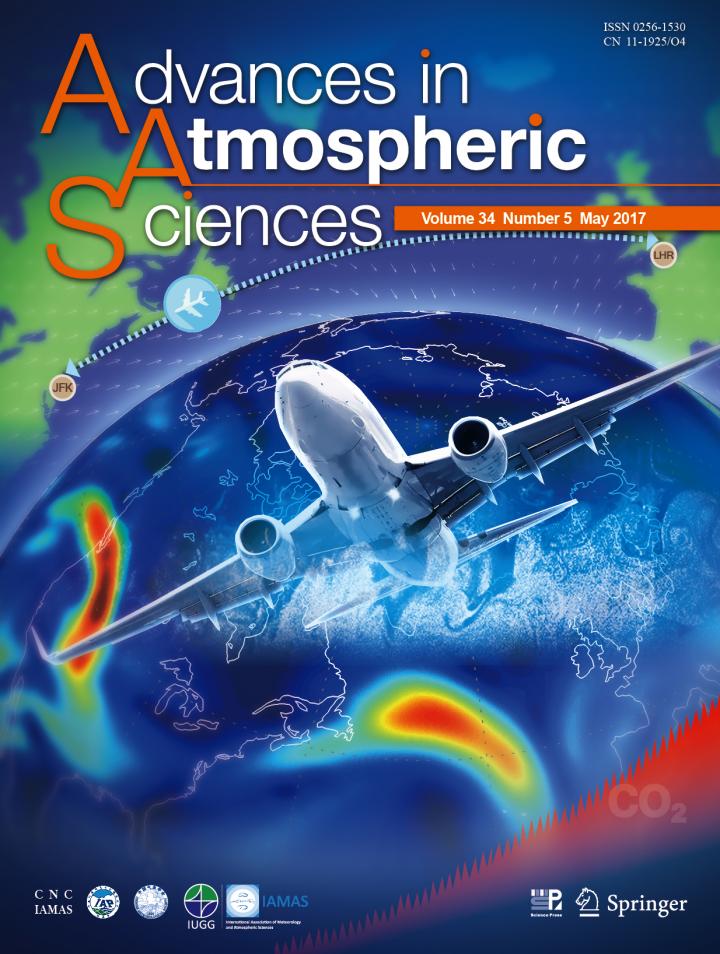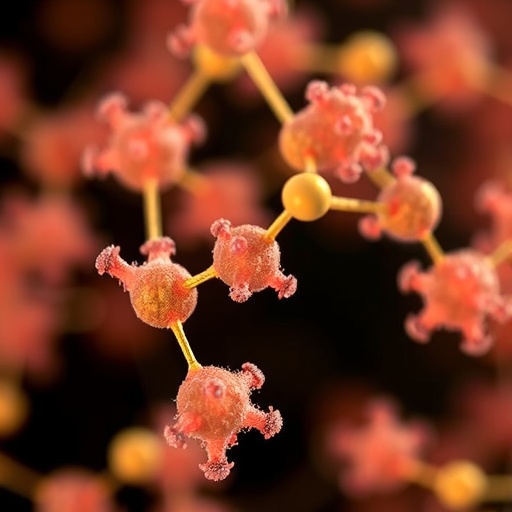
Credit: Advances in Atmospheric Sciences; image credit: Paul Williams
Turbulence strong enough to catapult unbuckled passengers and crew around the aircraft cabin could become twice or even three times as common because of climate change, according to a new study from the University of Reading published in Advances in Atmospheric Sciences.
The study is the first ever to examine the future of severe turbulence, which causes planes to undergo random up-and-down motions that are stronger than gravity. Passengers are forced violently against their seat belts, any unsecured objects are tossed about, and food service and walking are impossible.
The study examines several different turbulence strength levels, to investigate how they will each change in future. The results show that the average amount of light turbulence in the atmosphere will increase by 59%, with light-to-moderate turbulence increasing by 75%, moderate by 94%, moderate-to-severe by 127%, and severe by 149%.
The reason for the increases is that climate change is generating stronger wind shears within the jet stream. The wind shears can become unstable and are a major cause of turbulence.
Dr Paul Williams, who conducted the research, said: "Our new study paints the most detailed picture yet of how aircraft turbulence will respond to climate change.
"For most passengers, light turbulence is nothing more than an annoying inconvenience that reduces their comfort levels, but for nervous fliers even light turbulence can be distressing.
"However, even the most seasoned frequent fliers may be alarmed at the prospect of a 149% increase in severe turbulence, which frequently hospitalises air travellers and flight attendants around the world."
The new study uses supercomputer simulations of the atmosphere to calculate how wintertime transatlantic clear-air turbulence will change at an altitude of around 12 km (39,000 feet) when there is twice as much carbon dioxide in the atmosphere – which is widely expected to occur later this century.
Dr Williams added: "My top priority for the future is to investigate other flight routes around the world. We also need to investigate the altitude and seasonal dependence of the changes, and to analyze different climate models and warming scenarios to quantify the uncertainties."
###
Full reference: Williams PD (2017) Increased Light, Moderate, and Severe Clear-Air Turbulence in Response to Climate Change, Adv. Atmos. Sci., Volume 34, Issue 5, Pages 576-586, doi: 10.1007/s00376-017-6268-2. The paper will be freely accessible to the public from 6 April at this website: http://link.springer.com/article/10.1007/s00376-017-6268-2.
Advances in Atmospheric Sciences is an international journal on the dynamics, physics, and chemistry of the atmosphere and oceans. It is published by Springer and co-sponsored by the Institute of Atmospheric Physics, Chinese Academy of Sciences. http://www.springer.com/376
Media Contact
Jenny Lin
[email protected]
86-108-299-5053
@aasjournal
http://english.iap.cas.cn/
############
Story Source: Materials provided by Scienmag





